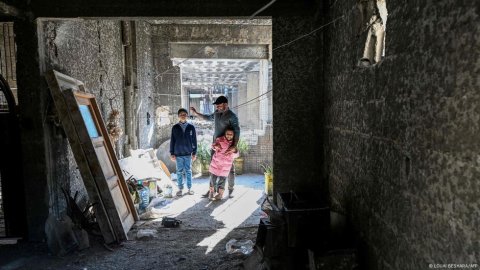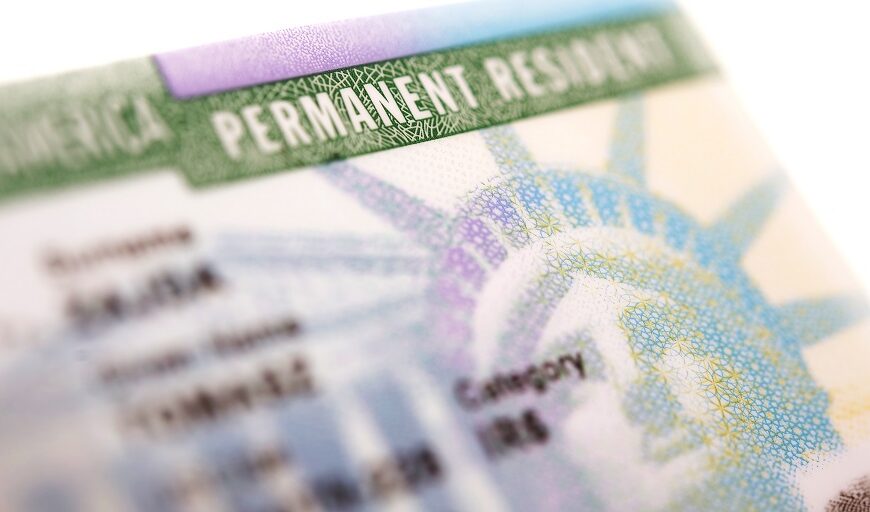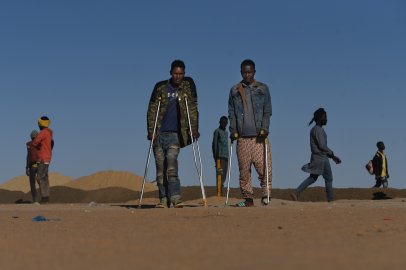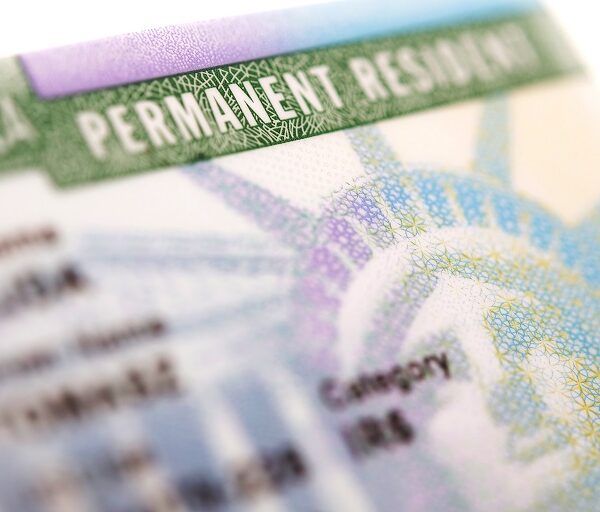Understanding the EU’s Stricter Asylum Rules and the List of Safe Countries
The European Union (EU) has recently announced significant changes to its asylum policies, aimed at creating a more streamlined and effective approach to managing asylum seekers. One of the major aspects of this reform is the identification of seven countries deemed as “safe,” which will impact how asylum applications are processed. This blog will delve into the ramifications of these changes, what it means for asylum seekers, and the broader implications for EU immigration policy.
The Context of EU Asylum Policies
Asylum policies within the EU have been a contentious topic for years. The influx of migrants and asylum seekers, particularly during crises such as the Syrian civil war and ongoing conflicts in other regions, has put immense pressure on member states. In response, the EU has sought to establish a more cohesive and uniform framework for asylum applications across its member states.
The introduction of stricter asylum rules is part of the EU’s broader objective to manage migration effectively while ensuring the protection of vulnerable individuals fleeing persecution or violence. The EU aims to strike a balance between humanitarian obligations and the need for security and order within its borders.
What Are the New Changes?
With the introduction of the new asylum rules, the EU has identified seven countries considered as “safe.” This designation implies that individuals from these countries are presumed not to face persecution or serious harm, which will significantly influence their asylum applications. The seven countries currently on the list include:
- Albania
- Bosnia and Herzegovina
- North Macedonia
- Serbia
- Montenegro
- Kosovo
- Georgia
These nations have been categorized based on their political stability, respect for human rights, and the overall safety of their citizens. As a result, asylum seekers hailing from these countries may find it more challenging to gain asylum status in the EU.
Implications for Asylum Seekers
The designation of safe countries introduces several implications for asylum seekers:
1. Faster Processing Times: Asylum applications from individuals coming from the seven listed countries may be processed more quickly, potentially leading to expedited rejections of their claims.
2. Reduced Legal Protections: Individuals from these countries may face a presumption of safety, making it harder for them to prove their claims of persecution or danger.
3. Increased Appeals: With stricter rules in place, there may be a rise in the number of appeals filed by asylum seekers from the safe countries, as individuals seek to contest the initial rejections of their applications.
4. Potential for Increased Deportations: Asylum seekers from the safe countries may face a higher likelihood of deportation if their applications are denied, raising concerns about the treatment and conditions they may face upon return.
The Reaction from Human Rights Advocates
The introduction of these changes has sparked criticism from human rights organizations and advocates who argue that the designation of safe countries oversimplifies complex situations. Many contend that conditions in these countries can be precarious, and individuals may still face risks that warrant asylum protection.
Critics argue that the EU’s approach fails to consider the diverse experiences of individuals from these nations, especially those belonging to marginalized groups or those who have been politically active or persecuted. There are concerns that this designation could lead to unjust outcomes for individuals who genuinely require international protection.
Looking Ahead: The Future of EU Asylum Policy
The EU’s decision to tighten asylum rules and establish a list of safe countries is likely to shape the future of immigration policy across Europe. As member states respond to these changes, several key factors will influence the effectiveness and fairness of the new asylum framework:
1. Political Will: The success of these reforms will depend on the willingness of EU member states to collaborate and uphold shared values regarding human rights and protection for asylum seekers.
2. Public Opinion: As public sentiment regarding immigration continues to evolve, governments will need to navigate the complexities of public opinion while ensuring that humanitarian obligations are met.
3. Legal Challenges: The introduction of stricter asylum rules may prompt legal challenges within the EU courts, as individuals and organizations seek to contest the new policies and advocate for the rights of asylum seekers.
4. International Cooperation: The EU may need to enhance its cooperation with countries outside its borders to address the root causes of migration and asylum-seeking behavior, ultimately reducing the pressures on its asylum systems.
Conclusion
The EU’s introduction of stricter asylum rules and the identification of seven safe countries marks a significant shift in its approach to immigration and asylum seeking. While the intention is to streamline processes and enhance security, the implications for vulnerable individuals cannot be overlooked.
As the EU navigates these changes, it will be crucial to balance the need for effective migration management with the commitment to uphold the rights of those seeking refuge from persecution. Only time will tell how these policies will shape the future of asylum in Europe, but the conversation surrounding human rights and immigration will undoubtedly continue to evolve.







